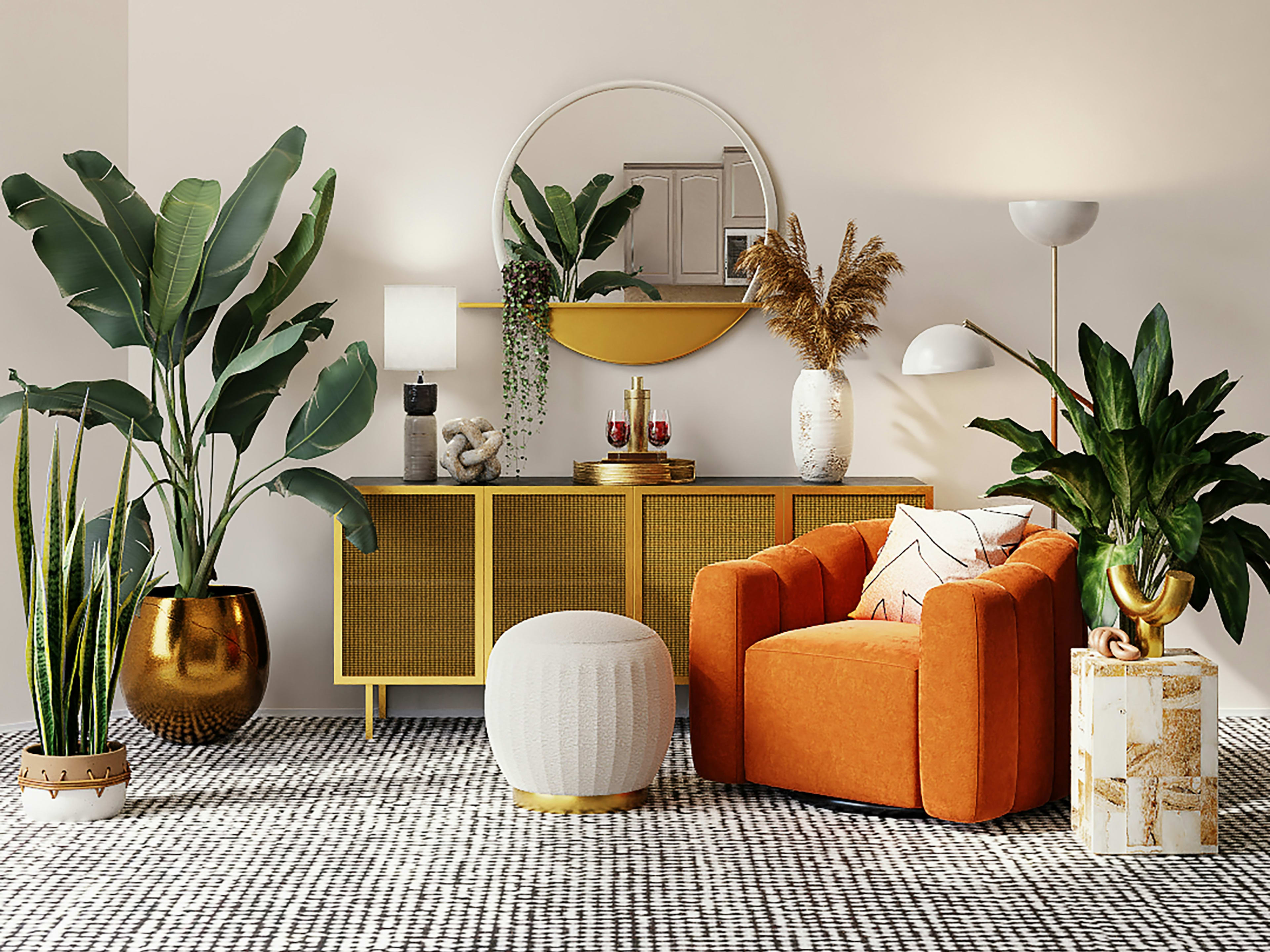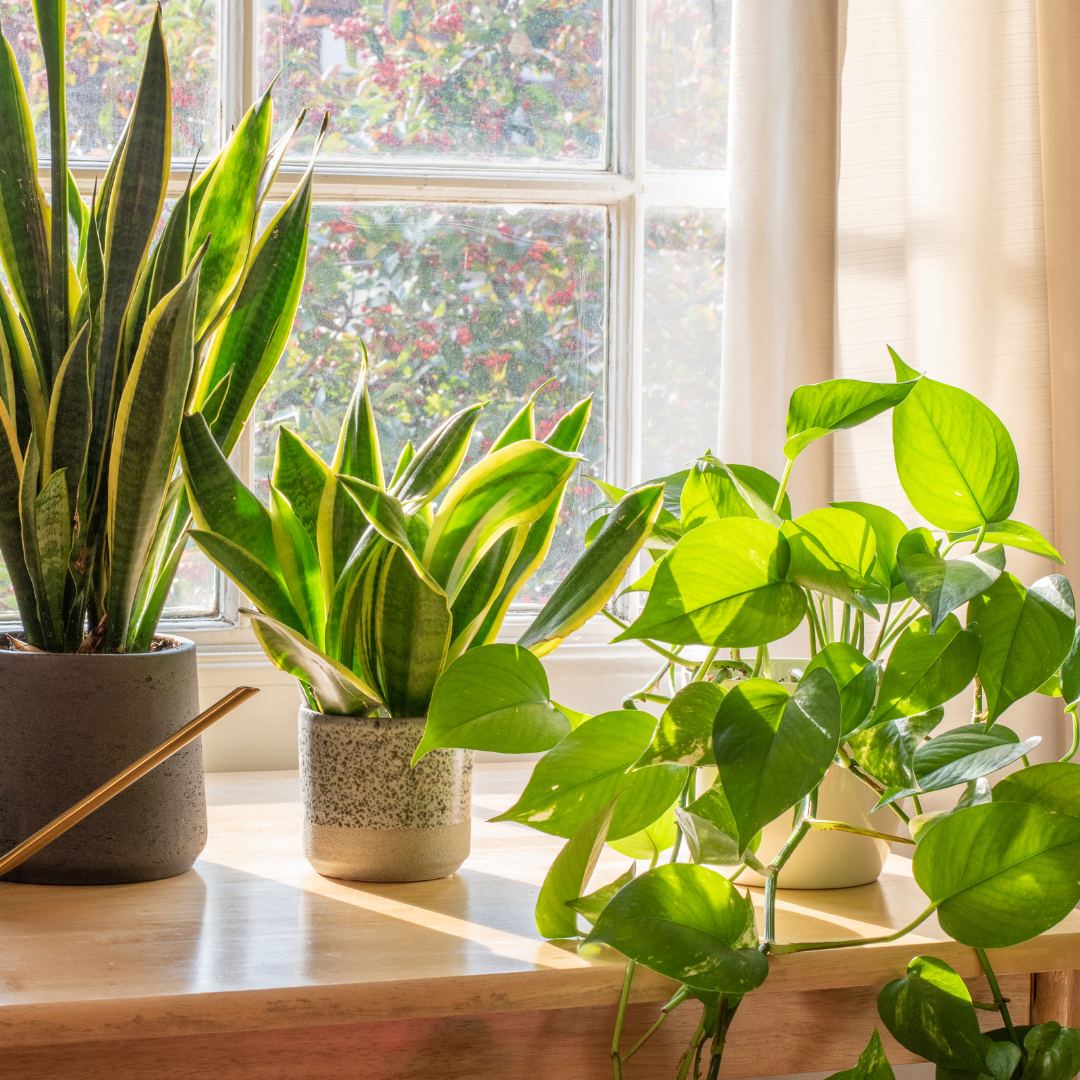Best Low-Light Indoor Plants That Thrive with Minimal Sunlight
Best Low-Light Indoor Plants That Thrive with Minimal Sunlight
Blog Article
Discover the Secrets of Low-Light Indoor Plants and Exactly How They Boost Your Environment
Low-light interior plants have gathered enhancing interest for their one-of-a-kind capacity to enhance both visual charm and environmental high quality within homes and workplaces. These durable varieties, including the Serpent Plant and Peace Lily, not only prosper in tough lighting problems however also play an essential role in air purification and emotional health.
Benefits of Low-Light Indoor Plants
Although lots of people think that interior plants require plentiful sunshine to thrive, low-light indoor plants supply a wide variety of advantages that make them suitable for various atmospheres. One of the main advantages is their flexibility; they can flourish precede with minimal natural light, such as offices, basements, or spaces with little home windows. This attribute enables individuals to enhance their surroundings with greenery, adding to improved looks without the demand for extensive lighting adjustments.
In addition, low-light interior plants can significantly enhance indoor air top quality by filtering hazardous toxins and launching oxygen, making living rooms healthier. The presence of plants has been connected to greater sensations of tranquility and emphasis.
Additionally, low-light plants often call for less maintenance than their sun-loving equivalents, making them ideal for busy individuals or those brand-new to gardening. Their resilience permits them to thrive with minimal intervention, hence supplying a gratifying experience for plant enthusiasts and amateurs alike. In summary, low-light interior plants offer both practical and aesthetic purposes, making them beneficial enhancements to any kind of space.
Leading Low-Light Plant Varieties
Low-light interior plants come in a range of varieties, each offering distinct qualities and advantages suited for dim settings. Among the most prominent varieties is the Serpent Plant (Sansevieria), known for its air-purifying capacities and architectural fallen leaves. This durable plant flourishes on neglect and can endure a wide variety of light problems.
An additional superb choice is the ZZ Plant (Zamioculcas zamiifolia), which features glossy, dark eco-friendly fallen leaves and is extremely drought-tolerant. Its versatility makes it a preferred for workplaces and homes with limited sunlight.
The Pothos (Epipremnum aureum) is also a top competitor, with its routing creeping plants and heart-shaped fallen leaves - Best low-light indoor plants. This functional plant can be educated to climb or waterfall, including aesthetic passion to any space
:max_bytes(150000):strip_icc()/low-light-houseplants-asparagus-fern-getty-1123-74a20afe3f9249ce947a337e497b84ec.jpg)
Care Tips for Low-Light Plants
Looking after low-light interior plants needs a nuanced understanding of their specific demands to ensure optimum development and vitality. It is necessary to select the best potting mix, as a well-draining soil is critical to avoid origin rot. A blend developed for houseplants, frequently having peat moss and perlite, works well for many low-light selections.
Watering is one more vital element of care. Low-light plants typically call for much less frequent watering contrasted to their sun-loving counterparts.
Fertilization must be come close to with caution. Throughout the growing season, a diluted fluid fertilizer can try these out be used monthly, yet in cold weather, numerous low-light plants get in dormancy and need little to no fertilizing.
Last but not least, it is very important to regularly clean the leaves to eliminate dust, allowing for better light absorption. By adhering to these care pointers, you can grow a thriving environment for your low-light indoor plants, improving both their appearance and durability.
Enhancing Air High Quality With Plants
Indoor plants play a considerable function in improving air quality within homes and office. Through the process of photosynthesis, these plants take in carbon dioxide and launch oxygen, adding to a much healthier ambience. In addition, particular low-light interior plants possess the capacity to filter damaging contaminants, such as benzene, trichloroethylene, and formaldehyde, which are commonly located in interior settings.

Moreover, the visibility of indoor plants can raise humidity levels, which aids reduce completely dry skin and breathing issues, even more improving general well-being. This capacity to boost air quality not just promotes physical health yet likewise supports mental wellness.
Integrating low-light interior plants into your living and functioning rooms can cause an extra invigorating and vivid atmosphere (Best low-light indoor plants). Purchasing these all-natural air cleansers is an easy yet reliable approach for enhancing indoor air high quality and cultivating a healthier lifestyle
Producing a Tranquil Indoor Room
The integration of plants into living areas not only boosts air quality but also adds to a serene ambience. Low-light interior plants, such as serpent plants and pothos, are specifically reliable in developing a peaceful atmosphere, as they flourish in conditions that may otherwise be unwelcoming for other greenery. Their rich foliage provides a calming look at more info aesthetic, decreasing tension and promoting relaxation.
Integrating these plants into your home or office can stimulate a feeling of tranquility and health. Purposefully positioning them in locations where you spend considerable time, such as living offices or spaces, enables for an immersive experience with nature, which has been shown to boost state of mind and cognitive feature.
In addition, the mild movement of fallen leaves in feedback to air movement can develop a dynamic visual component that improves the overall atmosphere. Consider making use of a selection of plant heights and structures to add deepness and rate of interest to your area. With thoughtful placement and treatment, low-light indoor plants can change any kind of area into a serene refuge, promoting not only aesthetic satisfaction however psychological and additionally emotional health.

Conclusion
Including low-light indoor plants right into different settings yields substantial benefits, consisting of enhanced air top quality and improved visual appeal. These sturdy species not only prosper in minimal light however additionally contribute to a soothing ambience, promoting psychological and emotional wellness. By choosing ideal varieties and applying proper care methods, people can efficiently cultivate a peaceful interior room that fosters well-being and performance. The transformative power of low-light plants highlights their worth in boosting both residential and work settings.
Although lots of individuals presume that indoor plants call for plentiful sunlight to grow, low-light indoor plants use a multitude of benefits that make them ideal for different settings.In addition, low-light indoor plants can substantially improve indoor air high quality by launching and filtering system damaging contaminants oxygen, making living spaces healthier. In addition, particular low-light indoor plants have the capacity to filter hazardous pollutants, such as trichloroethylene, formaldehyde, and benzene, which are commonly found in indoor settings.
Low-light indoor plants, such as snake plants and pothos, are try this web-site particularly reliable in producing a peaceful atmosphere, as they prosper in conditions that may otherwise be inhospitable for various other greenery.Including low-light interior plants into numerous settings yields substantial benefits, consisting of boosted air quality and enhanced aesthetic allure.
Report this page